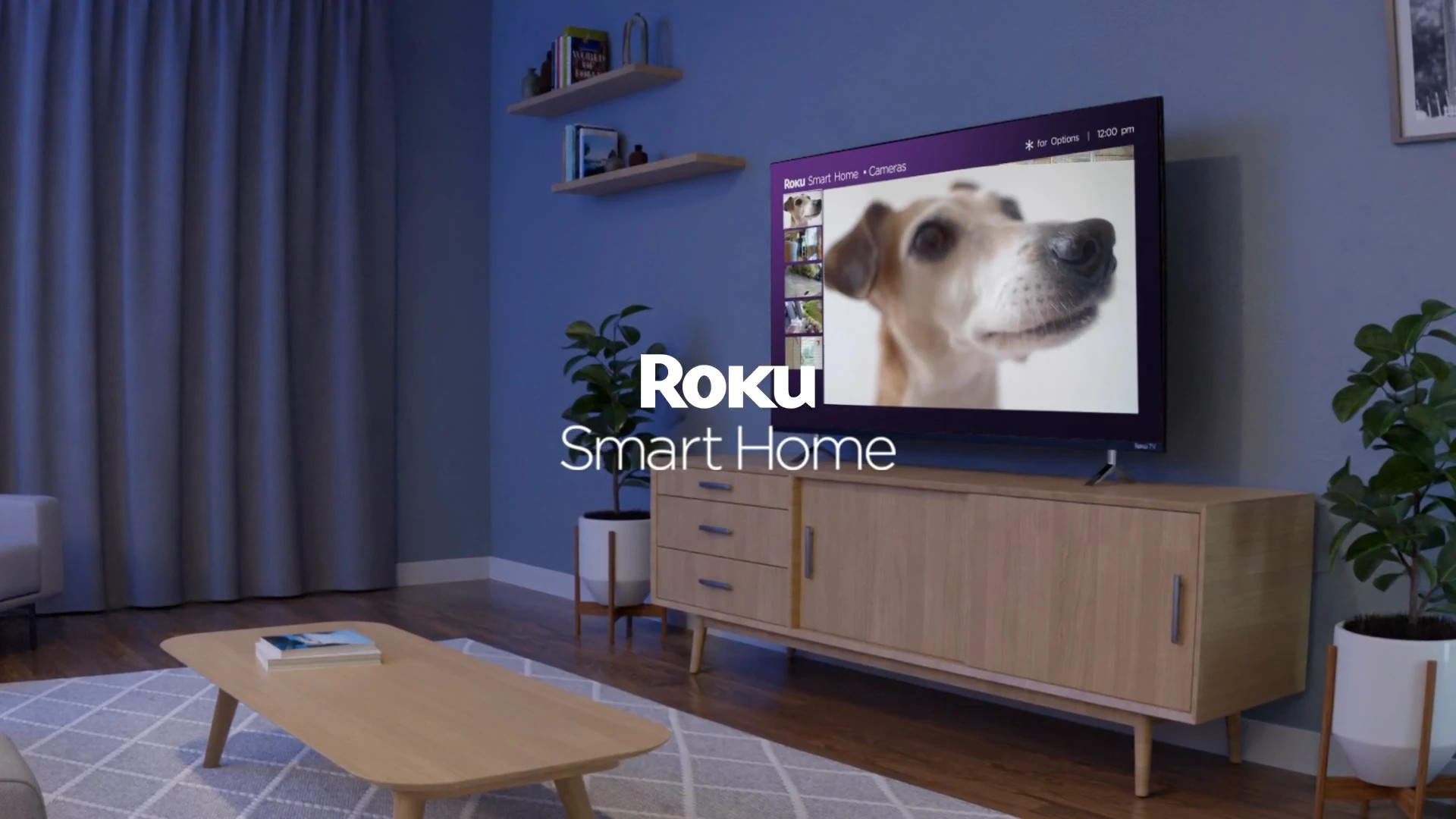Study: Smart Video Devices to Generate $2.4 Billion in Standalone Services By 2027
84% of smart video doorbell purchase intenders and 85% of smart camera purchase intenders want the product they purchase to have AI with facial recognition, according to Parks Associates

Parks Associates has partnered with Xailient to issue a new white paper, Video at the Door: Driving New Revenues, that estimates that smart video devices generated $1.3 billion in stand-alone service revenues in 2023 and that those service revenues will jump to $2.4 billion by 2027.
The study was released at the start of the SCTE TechExpo in Atlanta, where many operators and telcos are exploring technologies that might let them expand their smart home and home security businesses.
The Parks study assesses consumer demand for these smart devices and services, including video analytics, facial recognition tied to door locks and access control, and the ability to differentiate known people from strangers.
Stand-alone service revenues are exclusive of revenues generated through a security system and can include services such as video storage or monitoring tied to a smart camera, the researchers said.
“Due to this growing consumer demand for smarter, more comprehensive video coverage and analytics, manufacturers are integrating video into other form factors, including flood lights, door locks, garage control systems, and vehicle dashboards,” said Jennifer Kent, vice president of research at Parks Associates. “The next step is to integrate these capabilities across devices, to deliver a high-quality experience to the consumer.”
The white paper finds 84% of smart video doorbell purchase intenders and 85% of smart camera purchase intenders want the product they purchase to have AI with facial recognition to identify family and friends. One-third rated this feature as a “must have.”
“Video smart locks are an opportunity for a brand to upgrade from passive security monitoring to active automation – the door is now literally the gateway to the smart home. For consumers it’s a natural progression, obvious even, from video doorbells to integrated access control. Parks Associates helped us quantify that demand,” said Lars Oleson, CEO of Xailient.
The professional video industry's #1 source for news, trends and product and tech information. Sign up below.
Many current smart home products use video analytics to detect motion and discriminate between moving objects like cars, tree branches, animals, and humans to determine the most appropriate response. Facial recognition allows a smart home solution to distinguish household members from unknown persons, enhancing value in alarm event verification. With integrated video-lock capabilities, users can grant entrance to the right people at the right time.
“Many consumers already use facial recognition as an authentication and unlocking mechanism on their smartphone, so smart device manufacturers need to be prepared for consumers to raise their expectations of receiving similar conveniences in other product categories,” Kent said.
George Winslow is the senior content producer for TV Tech. He has written about the television, media and technology industries for nearly 30 years for such publications as Broadcasting & Cable, Multichannel News and TV Tech. Over the years, he has edited a number of magazines, including Multichannel News International and World Screen, and moderated panels at such major industry events as NAB and MIP TV. He has published two books and dozens of encyclopedia articles on such subjects as the media, New York City history and economics.

